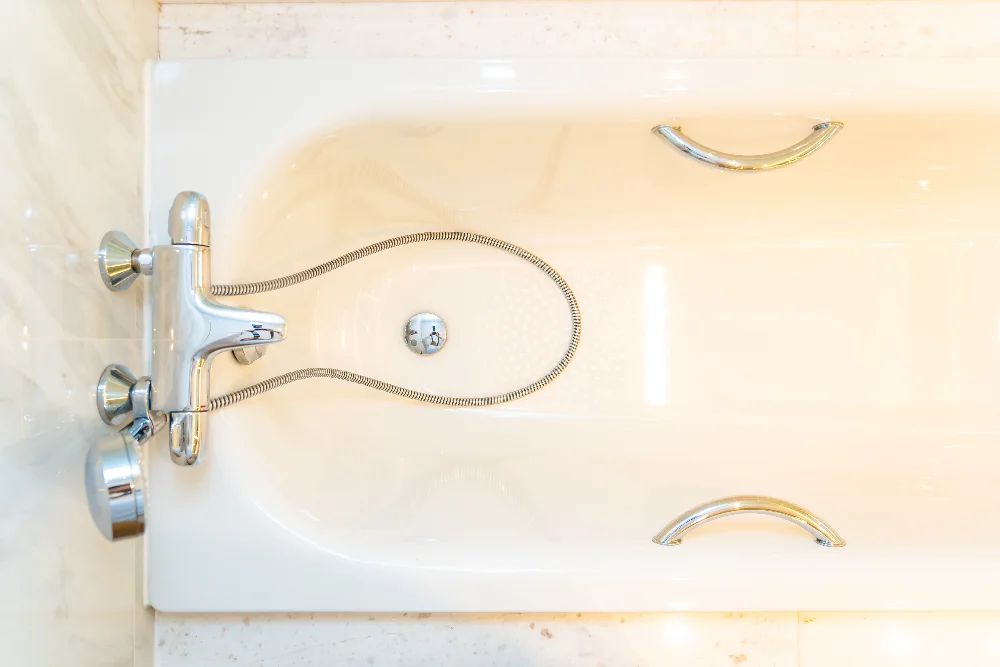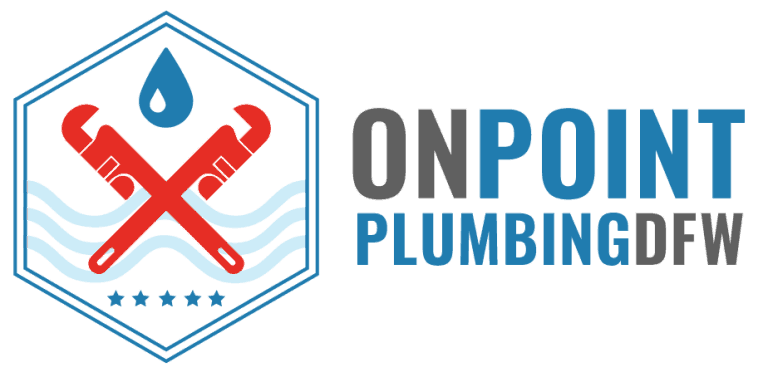
When it comes time to improve or replace your bathtub drain, the thought of doing it yourself might be overwhelming. But with a little time, the correct equipment, and clear instructions, you can certainly learn how to plumb a tub drain on your own or you can also clean the drain by yourself. It’s one of those projects where meticulous planning and attention to detail will pay off in the long run. If you wish to avoid future leaks and unpleasant shocks, stay tuned and discover the basic steps to success.
Let’s dive right in!
Components of a Standard Tub Drain
Before you get started, you should familiarize yourself with the components you’ll be dealing with. Each component is critical in installing a tub drain that works smoothly.
The Drain Flange and Stopper
The drain flange is the seeable part of the drain that rests at the bottom of your bathtub. The stopper regulates water flow: open to drain, close to soak.
The Overflow Pipe
This pipe connects the bathtub’s overflow hole to the main drain assembly. It prevents water from flowing over the top edge of your bathtub.
The Tee and Drain Pipes
The tee fitting links the drain and overflow pipes to the main waste line. The drain pipes transport water from your bathtub into the plumbing system.
The P-Trap
The P-trap traps water to prevent sewage gasses from entering your property. It’s a curved pipe that’s critical for safety and sanitation.
Tools and Materials Needed for Installation
- Installation requires a pipe wrench
- Plumbers’ putty
- Screwdriver
- Hacksaw
- A measuring tap
- PVC pipes and fittings.
- Teflon tape
- New bathtub drain kit
- Bucket and cloths for cleaning.
Having everything within reach will keep you from becoming distracted in the middle of a project.
Step-by-Step Guide on How to Plumb a Tub Drain
Time to roll up your sleeves! Follow these instructions precisely to learn how to plumb a tub drain without breaking a sweat.
Remove the Old Tub Drain (If Applicable)
First things first, if you’re changing a drain, unscrew the existing flange and remove the stopper. Use a drain removal tool or pliers.
Inspect Existing Plumbing and Identify Issues
Look for evidence of deterioration, rust, or leaks in the ancient pipes. You do not want to connect fresh parts to worn-out plumbing.
Measuring and Planning the New Drain Layout
Measure twice and cut once! Mark where each component will go. Good preparation avoids hassles during bathtub drain pipe installation.
Installing the Drain Flange and Stopper
Place the plumber’s putty around the flange. Insert it into the drain hole and tighten it from underneath. Then, insert the stopper.
Connecting the Overflow Pipe
Connect the overflow pipe to the overflow hole. Make sure the gasket fits securely to prevent further leaks.
Assembling the Tee and Drain Pipes
Secure the drain and overflow pipes to the tee fitting. Before tightening, double-check to ensure good alignment.
Installing the P-Trap
Attach the P-trap beneath the tee. Make sure it slopes slightly toward the main waste line to ensure proper drainage.

Connecting the Drain to the Main Waste Line
Now, it’s time to finish installing the tub drain. Connect the complete assembly to the main waste line. Ensure that everything is snug and secure.
How to Ensure a Leak-Free Bathtub Drain Connection
Leaks may ruin all of your hard work. Let us go the additional mile to avoid that.
Tighten Connections Properly
Tighten each connection by hand, then use a wrench to give it an additional turn. Do not overdo it; otherwise, the fittings may crack.
Test for Leaks
Pour water down the drain while keeping an eye out. Check each joint and connecting point thoroughly.
Seal and Finish
Apply Teflon tape to threaded connectors and silicone sealant as needed. This helps to secure things in place for years to come.
Call a Professional Plumber in Bedford, TX, for Maintenance and Prevention
Even if you know how to plumb a tub drain, it’s best to have frequent inspections. Pipes wear down, gaskets fracture, and little leaks can cause severe problems. If something appears to be wrong or you’re unclear on how to hook up a tub drain, don’t take the risk.
Regular maintenance by a competent plumber might help you avoid costly damages later. Additionally, expert assistance guarantees that your bathtub drain connection remains secure and safe.
Wrapping It Up — Your Tub Drain Project Made Simple
Plumbing may appear to be complicated, but you now understand that how to plumb a tub drain requires time and accuracy. The correct tools, a clear strategy, and a steady hand may make all the difference.
Do you still feel like you are in over your head? Don’t be stressed! On Point, Plumbing DFW specializes in bathtub drain pipe installation, repair, and maintenance. Whether you’re installing a tub drain or simply need assistance with a bathtub drain connection, we have you covered.
Contact or visit us at On Point Plumbing DFW. We’re only one phone call away from making plumbing simple and hassle-free for you!
